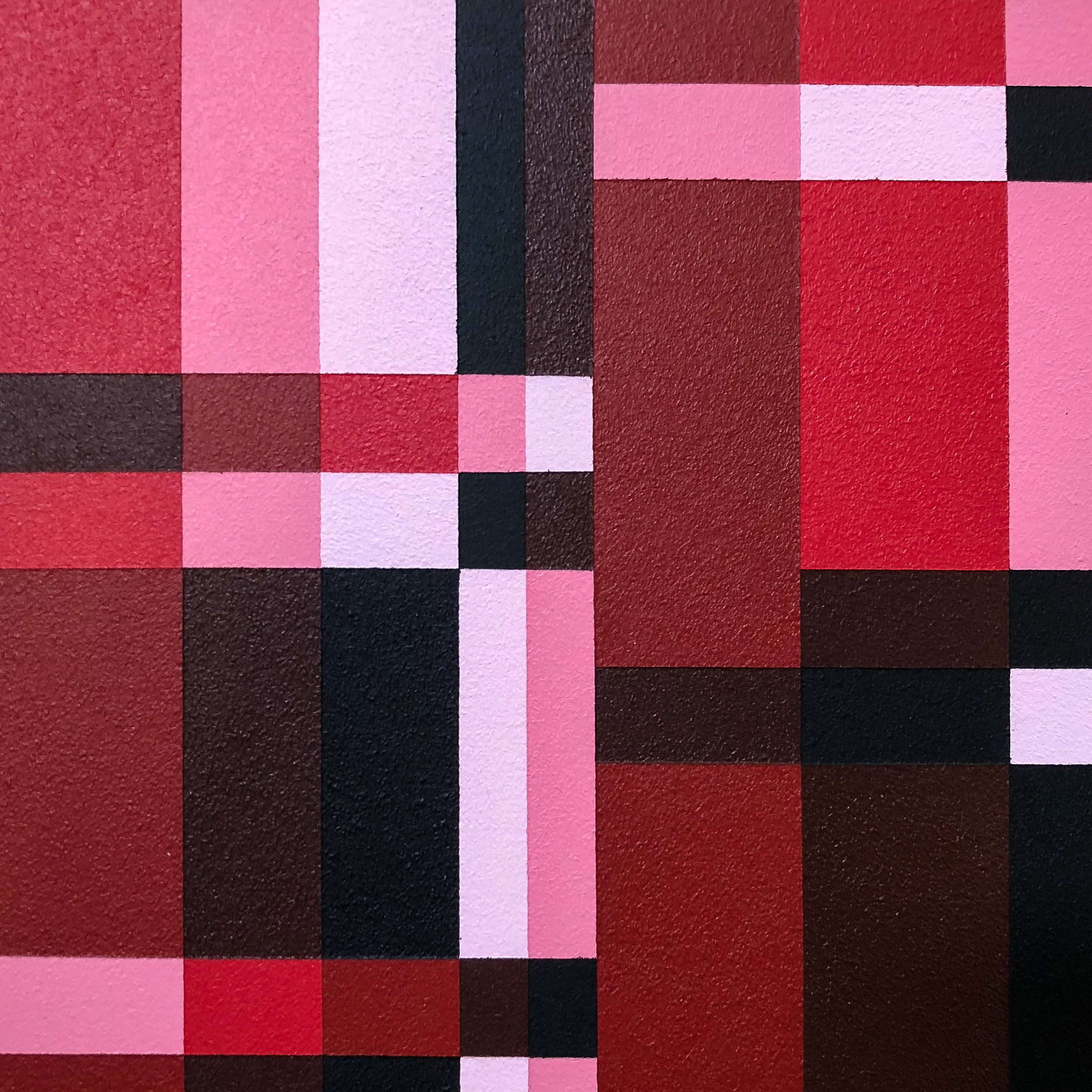My adopted hometown of Guanajuato, Mexico is known for its high-yielding silver mines and impressive colonial architecture. Colorfully-painted homes cling to steep slopes along narrow alleyways. The city hosts a world-renown arts festival and was the site of the first battle of Mexican independence from Spain.
And, famously, there are the mummies.
In such a craggy and mountainous environment, flat land is reserved for the most important of civic functions. There is little space for burying the dead, and cemetery space is valuable property. For almost 100 years, the city imposed an annual “grave tax” on all burial plots to offset costs. If you missed paying your relatives’ “grave tax” for three years, your loved one was exhumed and moved to the cemetery’s ossuary, making room for another burial on the invaluable land.
Once disinterred, cemetery diggers discovered that Guanajuato’s volcanic-ash soil and dry air had naturally mummified the buried corpses. Over time, hundreds of these clothed, mummified bodies were unearthed.
Beginning at the turn of the 20th century, locals began paying the cemetery’s groundskeepers a few pesos to peek at the oddities. Eventually, the bodies were moved into an on-site museum for public viewing (with some traveling to natural history museums around the world.)
Happy Halloween.
Photo: November, 2018.























